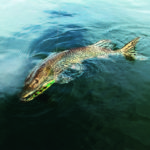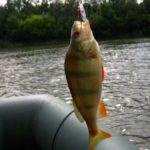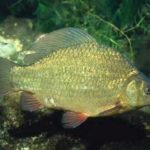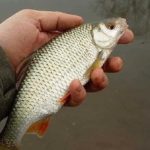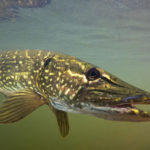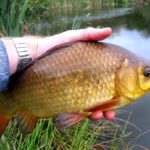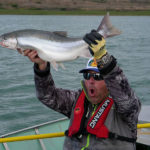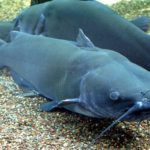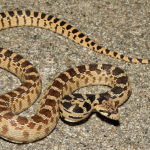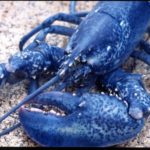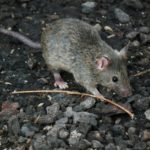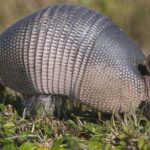Fishing rod
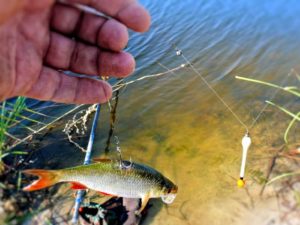 At times, many cool “predatory dens” are spun round by spinning, so to speak, to clear your conscience. A versatile angler, on the contrary, presses here with live bait. After all, only live bait is capable of a super-trick – “settle” for some time in one place in front of the predator’s nose, and only then a sure bite follows.Th erefore, the angler often has two spinning rods: one is traditional, the second with float gum.
At times, many cool “predatory dens” are spun round by spinning, so to speak, to clear your conscience. A versatile angler, on the contrary, presses here with live bait. After all, only live bait is capable of a super-trick – “settle” for some time in one place in front of the predator’s nose, and only then a sure bite follows.Th erefore, the angler often has two spinning rods: one is traditional, the second with float gum.
Fisherman anchors a little upstream from the classroom. Spinning to the side, in the hands of the float gum – an alloy snap to the desired point, stop, waiting. From time to time the live bait very slowly pulls up a dozen or two centimeters, then returns to the original. At the next brace a powerful pike bite beats a lightning straight into the heart – wow, good! By the way, the spinning-station wagon does not shy away from such a proven, almost “guaranteed” way of catching a predator, like a natural dead fish on a rig – when the same pike completely refuses any artificial lures and when it is known at least approximately where this “byyakovy” predator defended.
And still the spinning-versatile person quite often applies live bait-reconnaissance which helps to find clusters of a predator. In this case, spinning assistants are heels of pockets or kolabs.
The question often arises on the river: where, after all, is it to glorify your happiness, in the river or in the old language? In a good, unbeaten old man, it seems to be more promising, but on the river there is a greater chance of taking a larger predator. On this question, you often get burned in the choice that some spinningists even gave themselves a vow to catch either on the river or only in old men. The spinning player, on the other hand, has his own strategy. Suppose the situation is uncertain, and today it is not yet clear where the best bite will be.
Then there are live boats along the river, and with spinning forward – combing the old tongue with a spoon or all the other way round: on the perspective places of the old man live tracks, and with spinning on the river – for example, to draw jig steps along the fairway dumps. After a certain time, comparing the results, the angler draws a general picture for himself and finally decides what he will finish today – the river or the old man. Now about the fishing “worm of doubt” about the left bank – the talisman of the right. What is a catchy beach? The question is not so stupid at all – coastal spinningists often see how a predator goes wild just on the opposite shore, to which it is impossible to throw.
This is a fishing law of meanness that defies any explanation! The boatman has no such problem – all its banks. But when a predator does not give out its presence, it is often very difficult to determine a cool beach – it can take it from the steep at the depth, and from the flat on the coast. Everything is easier when you go with a rafting with a partner on two boats, punching two shores with spinning simultaneously.
And if you fuse alone? Here again help out lively. On especially interesting sections of the river, the angler lingers for an hour and a half: at the same bank he puts up stubs, at the opposite side he works with spinning. If the “spinning” beach has earned, then it’s fine – let the stubs stand just in case.
If the spinning is silent, and the workings went to the livelings, then it is possible to help them with the spinning, it is likely that the livelings found a good place.
